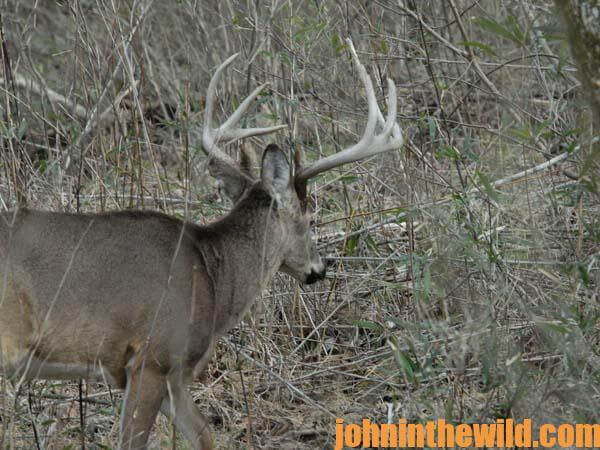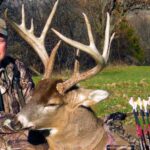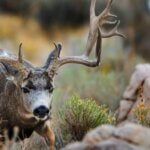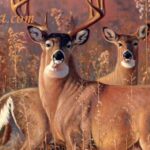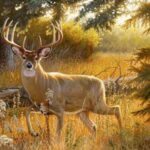John’s Note: To bag a very big buck this season with a short shot, learn to hunt places no one else will hunt. Look for buck signs where you only may see 20 to 50 yards. Instead of hunting sites where you can shoot to the maximum range of your slug gun, hunt spots where you’ll get a short shot at a big buck.
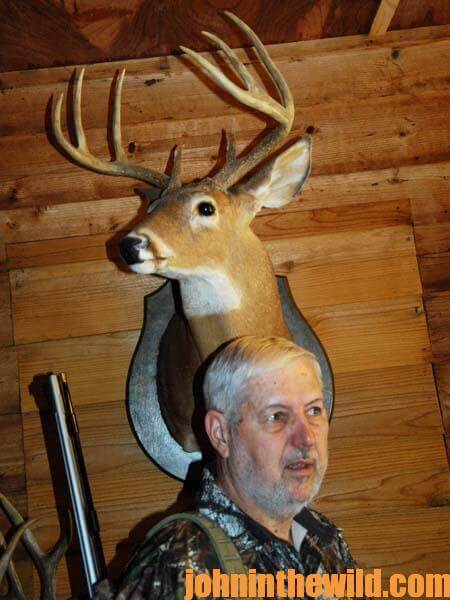 If you hunt in a state where you must have the landowner’s permission to hunt, ask the landowner if you can hunt close to his house.
If you hunt in a state where you must have the landowner’s permission to hunt, ask the landowner if you can hunt close to his house.
The areas next to the dirt road that lead from the paved road to his house, the thickets behind his barn, the nut trees he can see from his front porch and other spots most hunters overlook may become short-shot honey holes for you. Assure him that you’ll be extremely careful.
“Most landowners, when you ask them if you can hunt these types of places, look at you funny and wonder if you’ve lost your mind,” longtime deer hunter and guide, Larry Norton advises. “They think, ‘That city boy sure doesn’t know anything about hunting and must be afraid he’ll get lost.'” Hunters rarely, if ever, hunt deer close to a farmer’s house. Deer know they traditionally have held and fed in these regions without seeing hunters. Often you’ll find older, bigger bucks in these little pockets where you can shoot less than 50 yards and bag a trophy buck.
A hunting buddy of mine, Jim Smith, on the last weekend of hunting season, awoke to discover rain pouring down in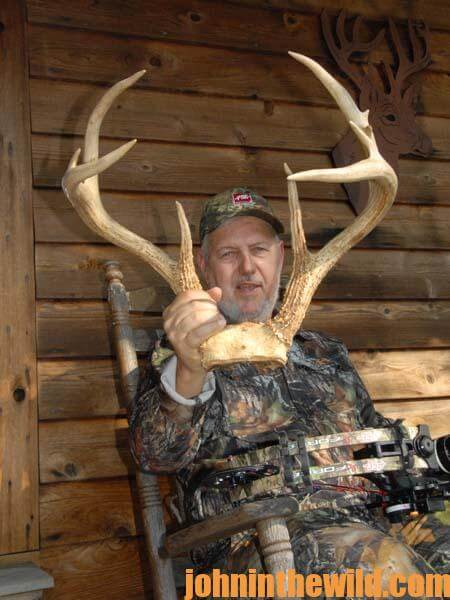 the morning. The rest of the hunters in camp decided to drink coffee and not go out until the rain had quit. But Jim had a honey hole he’d wanted to hunt all season.
the morning. The rest of the hunters in camp decided to drink coffee and not go out until the rain had quit. But Jim had a honey hole he’d wanted to hunt all season.
At 7:30 am as the rain slacked off, we all got up from the table. We heard an explosion from Jim’s slug gun. We all went running out of the back of the camp house.
Not 100 yards from the back door, we saw Jim dragging a long tined, 10 point buck from the edge of the briar thicket..
We couldn’t believe our eyes. When we questioned Jim, he explained that, “I’d found this deer’s trail going into the briars mid-way of the season. I decided to wait and hunt him on a very bad-weather day when no one else hunted. I thought all you guys would laugh at me if you looked out the back door and saw me in a tree stand. But I just knew a trophy buck lived in that briar patch by the back door.” Jim had made the shot at less than 15 yards. He proved to all of us that we didn’t have to go into the deep woods to bag a trophy buck at close range.
Hunt in the Pines:
Most hunters won’t go into a planted pine plantation because for years they’ve read in magazines that hunters consider these areas biological deserts. Too, pushing into those thick pines means hard work. However, deer establish trails through a clear-cut right after its first planting. They move into these regions to feed and bed. As the pines grow bigger, deer may not find as much food in the pine plantation. But the deer will continue to utilize these same trails to travel back and forth through the pines. The deer also know the pines offer cover and protection from hunting pressure.
To take a buck in the pines, go into this area before hunting season, locate the trails, and choose stand sites on the ground close to these trails. You probably can’t see a deer at more than 30 to 50 yards because of the pines’ thick cover. However, often you’ll spot deer the sportsmen hunting the open woods never see. Most slug-gun hunters choose to take stands allowing them to shoot up to 100 yards. But usually big bucks prefer to move in places during daylight hours where hunters can see them at less then 30 to 50 yards or in spots they’ve learned most hunters won’t hunt.
To learn more about deer hunting, you can get John E. Phillips’ Kindle eBooks, “How to Hunt and Take Big Buck Deer on Small Properties,” “How to Hunt Deer Up Close: With Bows, Rifles, Muzzleloaders and Crossbows,” “PhD Whitetails: How to Hunt and Take the Smartest Deer on Any Property,” “How to Take Monster Bucks,” and “How to Hunt Deer Like a Pro,” or to prepare venison, get “Deer & Fixings.” Click here to get these books.
About the Author
John Phillips, winner of the 2012 Homer Circle Fishing Award for outstanding fishing writer by the American Sportfishing Association (ASA) and the Professional Outdoor Media Association (POMA), the 2008 Crossbow Communicator of the year and the 2007 Legendary Communicator chosen for induction into the National Fresh Water Hall of Fame, is a freelance writer (over 6,000 magazine articles for about 100 magazines and several thousand newspaper columns published), magazine editor, photographer for print media as well as industry catalogues (over 25,000 photos published), lecturer, outdoor consultant, marketing consultant, book author and daily internet content provider with an overview of the outdoors. Click here for more information and a list of all the books available from John E. Phillips.


